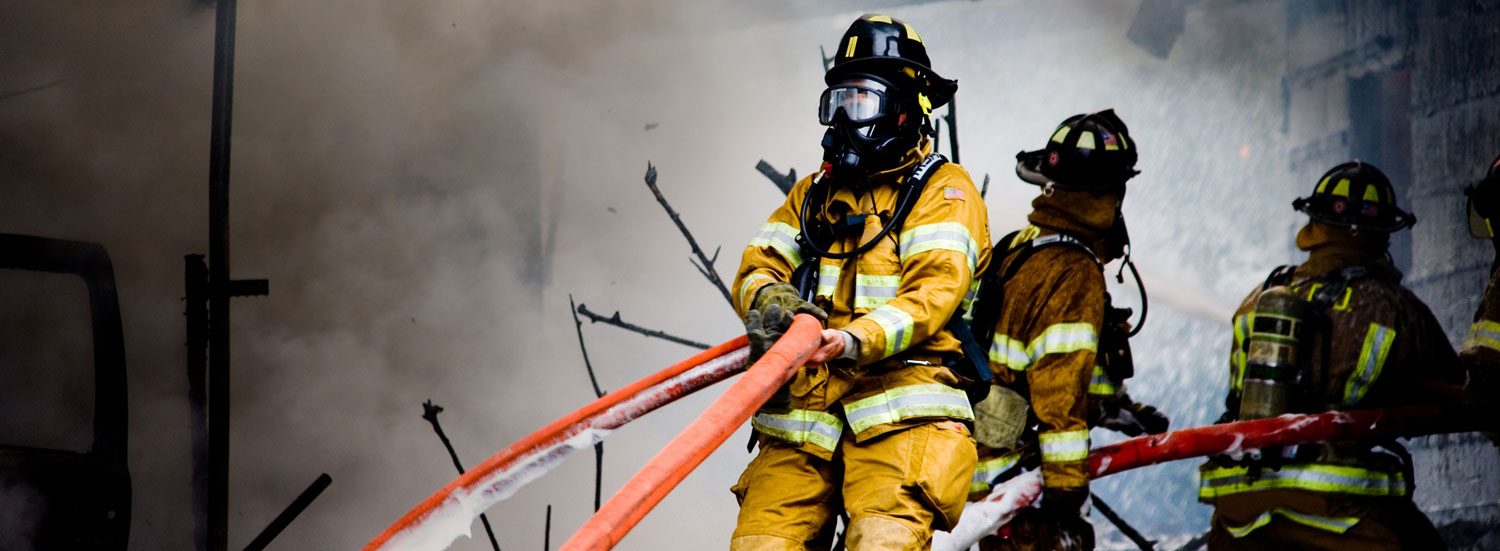
Sprains, strains and other muscular injuries are the most common injuries firefighters receive in the line of duty. Firefighters’ protective gear keeps them from being burned, but the sudden nature of their work and the heavy lifting it often requires means that they are at risk of other potential injuries and illnesses.
Injuries will always be part of a profession that responds to emergency calls for help under hazardous situations where victims’ lives are often on the line. So much is weighting on the firefighter to perform the job to the best of their ability, under the most demanding situations.
The Injuries
There has been a significant drop in the number of on-duty firefighter injuries over the last few years, according to an NFPA report. The most common injuries occurred during non-fire related emergencies.
The leading injuries were strains, sprains and/or muscular pains. The need to respond to any kind of call at a moment’s notice makes firefighters more prone to pull muscles. The most frequent injuries on the fireground were due to overexertion and strain.
In 2016 there were 9,275 documented exposures to infectious diseases such as hepatitis, meningitis or HIV, amounting to one exposure per 2,500 emergency medical service runs by fire departments. There were also 36,475 exposures to hazardous conditions such as asbestos, chemicals, fumes or radioactive materials.
Not as common, but just as important to consider, is the rise in collisions involving emergency vehicles responding to or returning from incidents.
Surprising to some, records show that burns at the scene of the fire are a rarity, possibly due to all the protective gear worn to prevent such injuries. Getting burned at the scene is known to be a preventable injury and a signal that the firefighter had done something wrong.
The Causes
Part of preventing these common injuries is understanding why they happen. In firefighting operations, there are typically two reasons for injuries to occur:
- No Warm-Up. Compared to a professional athlete who typically has half an hour or more to warm up before going to work, a fireman rarely has the luxury of doing so. Additional factors can also complicate rescue efforts. For example, moving a patient down a narrow flight of stairs or moving a heavier-than-average person onto a 75-pound cot. Firefighters often find themselves doing tasks such as these since the majority of calls are for emergency medical service.
- Lack of Training. Departments must be careful to avoid injuries in the future from lack of training due to a budget decision. This has been another common issue that is preventable and has to be address for the life of fire safety. Training is needed to keep safe and, without having central coordination of training activities, safety issues will rapidly develop.
Firefighting operations should work to reduce the risk of their firefighters being injured in the line of duty, but it is also important to understand that not all accidents and injuries can be prevented. In those cases, an insurance program will be necessary to provide income replacement and other economic benefits to firefighters injured on the job. An Accident & Health (A&H) Insurance policy will provide coverage where a standard Workers’ Compensation policy may be lacking, and will reduce the risk of a one-time injury leading to a permanent retirement.
About Provident Insurance Programs
With roots dating back to 1902, Provident Insurance Programs is an insurance agency that serves paid and volunteer firefighters in addition to emergency medical responders with numerous custom-tailored insurance programs. We’ve also extended our expertise and experience to offer benefit plans and coverages to participant groups as well as Transportation Benefits. We are committed to continuing to provide superior customer service, and would be happy to speak with you to provide further information. Give us a call today at (855) 201-8880 to speak with one of our representatives.


